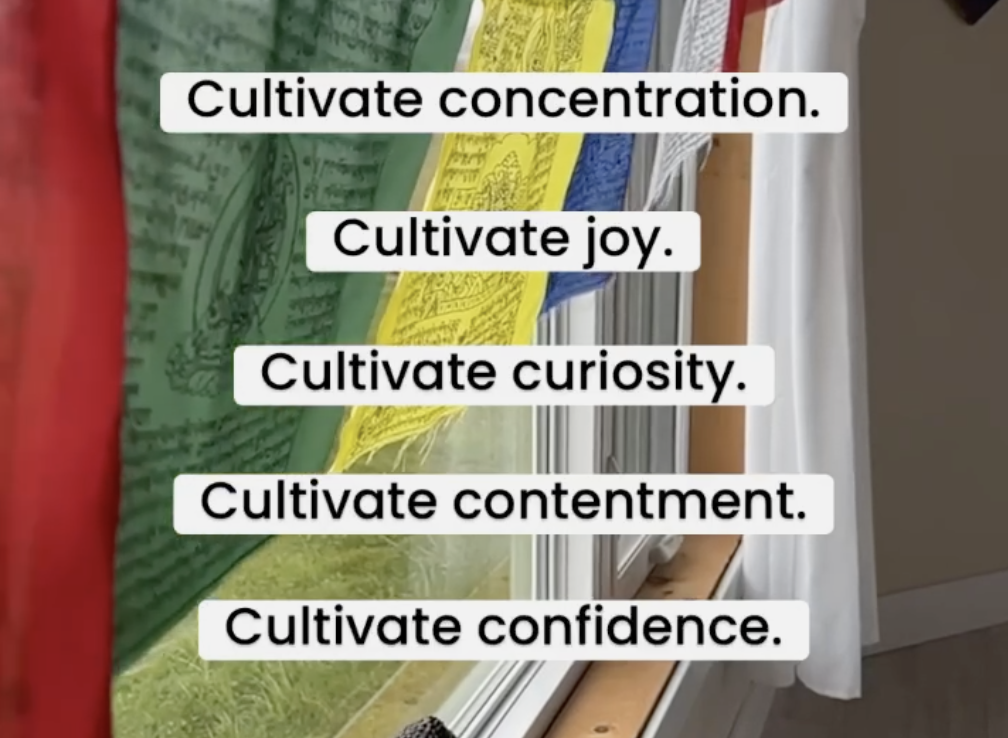Overcoming the Five Hindrances
Here’s why we struggle with mediation specifically and maybe why we struggle in our daily life too.
We are OVER-INVESTED in the content of our thoughts.
We are captured and captivated by the ‘storyline’ — the meaning or potential meaning of our thoughts and emotions.
So here’s a powerful shift you can make in your understanding of what we are doing when we are meditating or otherwise engaged with observing and training our mind.
Instead of viewing thoughts and feelings as ‘packets of information’ to be dealt with, begin to pay attention to the mind’s ‘movements’ or ‘tendencies.’
And, importantly, notice the effect of these movements — where the mind takes us, so to speak, when we are following these tendencies.
Buddha described 5 movements in particular that he called ‘hindrances’ that we can watch for. They are called hindrances because they hinder or obstruct us from experiencing a peace and ease that is the natural, undisturbed state of our awareness.
These movements or hindrances and their antidotes are:
Desire (or Sensual Craving)
What it is: Strong attachment to sensory pleasures and desires.
Remedy: Cultivate single-pointed concentration.
Ill-Will (or Aversion)
What it is: Hostility, anger or resentment towards oneself, others or situations.
Remedy: Cultivate joy.
Sloth and Torpor
What it is: Mental sinking, dullness, lethargy or drowsiness.
Remedy: Rouse yourself and cultivate curiosity.
Restlessness and Worry
What it is: Mental overactivity, anxiety and agitation, usually involved with excessive concern about the past or future.
Remedy: Relax, smile and cultivate contentment.
Doubt
What it is: Uncertainty about the practice of meditation, the teachings, the teacher or one’s own abilities.
Remedy: Sustain attention and cultivate confidence based on your experience.

